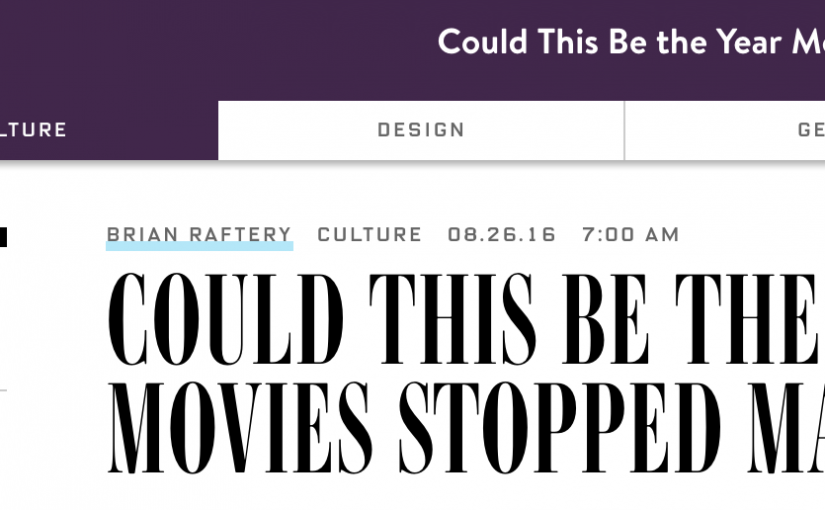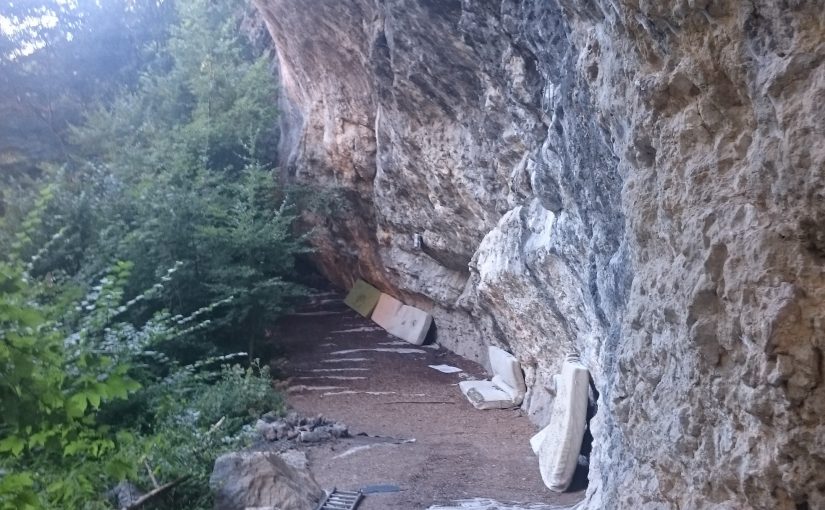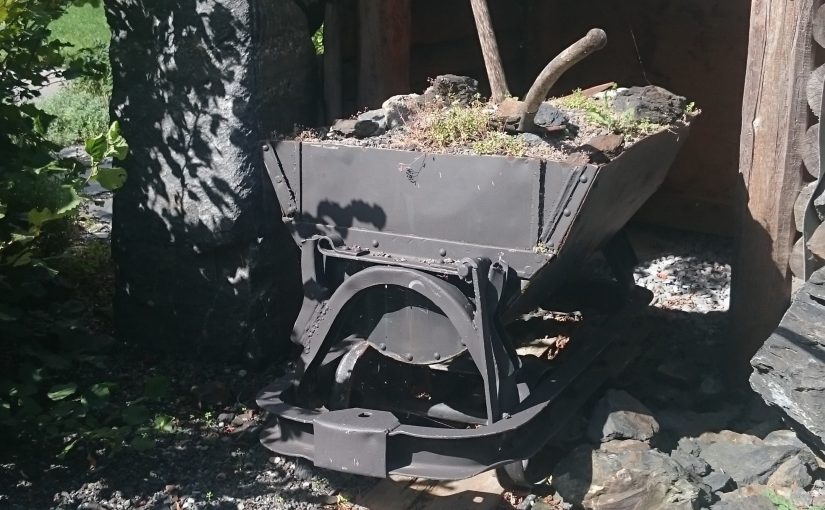Month: August 2016
-
Negotiating Overhangs
Reading Time: 2 minutesNegotiating overhangs is physical, fun and sometimes scary. It is for this reason that the Via Ferrata de Thônes via ferrata section is such fun. It gets your adrenaline pumping as you fight to keep hold and clip and unclip in the relevant sections. It forces you to overcome your fear of…
-

Watching independent film rather than mainstream cinema
Reading Time: 3 minutesWhen I saw the Wired headline below I was happily going to say that I haven’t been to see a film at the cinema in years but that isn’t strictly true. As you have seen from my blog I have been an active appreciator of independent films. I was at FIFAD earlier…
-

A 360 Video of planes landing – An experiment
Reading Time: 2 minutesI prepared a 360 Video of planes landing at Geneva International Airport yesterday afternoon. Watching planes land, especially when you’re right underneath them just as they’re about to touch down is a lot of fun. You see the lights in the distance and slowly those lights approach. There is a point after which…
-

The Theta+ Video app is available
Reading Time: 2 minutesYesterday the Theta+ Video app came out for Android. The Theta+ video app allows you to trim video clips and then share them to social networks. This means that you no longer need to wait until you get home to prepare content for sharing. You can do it while you sit and have…
-
A Climbing Two year Old
Reading Time: 2 minutesA Climbing two year old is ordinary. They try to climb on to chairs, they climb to stand up. They climb up the stairs and the swings. What is less ordinary is for a two year old to rock climb like a grown up. As I watch the video below what inspires…
-
Prison Architect Game Play videos fill a niche.
Reading Time: < 1 minuteI sometimes envy people who produce gameplay videos because the barrier to entry is so low. In theory all you need is a microphone, a gaming PC or console, a capture card and the ability to talk without being asked questions. In essence you are providing an interior monologue whilst staring…
-

Climbing in Saint George – a short drive from Nyon and Morges
Reading Time: 2 minutesClimbing in Saint George is interesting for those living or working between Nyon and Morges. It provides routes from 4c to 7a and above and should cover most skill levels. Access time is a few seconds. You park your car near the lumber yard and a few seconds later you’re at the climbing…
-

Climbing in Dorénaz
Reading Time: 5 minutesDorénaz is a small village on the way to Sion and about 18 minutes from Saillon. It is also a few minutes from Aigle. I walked around the area before climbing two of the routes and I noticed that the rocks around here appeared to be magnetite. I saw rust where old…
